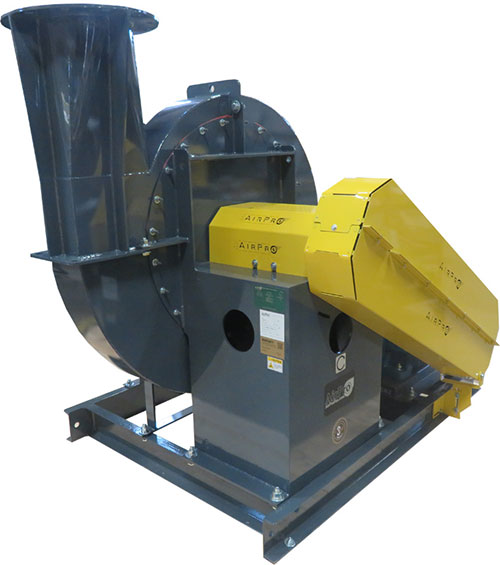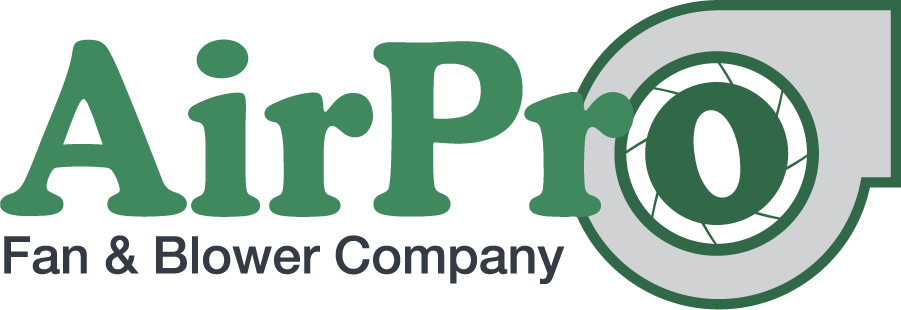Updated Application Page on FD Fans
FD fans create positive air pressure and volume at the outlet to push air through the system. For reference, fans are either forced or induced draft. Induced draft fan (ID fan) applications focus pressure at the inlet. You can read more on ID fans here.
Many applications use FD fans to accommodate higher temperatures at the process inlet, where they pretreat the ambient air for efficiency. These include conditioning processes like tempered glass, fume and gas elimination, air cooling or drying, burners, and combustion.
While these forced draft blowers are generally situated such that they can require less structural support with easier access for maintenance than many induced draft fan applications, there are some key considerations to keep in mind.

Design and Maintenance Considerations for Forced Draft Fan Applications
What kind of considerations are we talking about? It’s mostly about protecting the fan. Here’s a sneak peek at what we recommend for applications using FD fans.
Volume and Pressure Control
Volume and pressure control can be essential in applications that involve combustion or tempering air. Consider including accessories like a windbox package, dampers, variable frequency drives (VFDs), or a combination in your design.
High and Rapidly Changing Temperatures
As described above, the function of the FD fans is often to move ambient air through other processes that raise the temperature of the air quickly for the next process in the system. Those rapid changes can cause shifting or pose danger if the hot air can get to the bearings. Accessories like flex connectors and a purge shaft seal can help, along with installed RTD temperature monitors.
Excessive Vibration
Applications using FD fans also benefit from precautions related to vibration, like spring vibration isolators, and installed vibration monitors. These further protect the bearings and fan from dangerous imbalances and help avoid outages that can be very costly.
Keep Air Stream Clean
Even when the blower is processing “clean” ambient air, particles can sometimes get into the airstream. That can cause damage, especially if you’re using dampers to help control pressure and volume. Using an inlet filter or screen can help keep the airstream clean, which also means less general wear and tear on the FD fans.
More Details on Applications for ID Fans
The post was just a preview – there is much more information about ID Fans on the Forced Draft Fan Applications page. We’ve written about them in other blog posts and case studies too. Here are links to some of the other resources available:
- Process Heating
- Tempering Air Fans
- Forced Draft Versus Induced Draft: The Push & Pull of Industrial Fans
- Industrial Fan or Blower: What’s the Difference?
- Good Things: New Smaller Backward Curved Fans for Improved Efficiencies
- Forced Draft Fans (FD Fans) for Industrial Burners
- Ethanol Plant Milling Operations
We’ll be highlighting several more of our applications through the course of the year. Keep your eye on the All Things Fans blog and sign up for our newsletter to stay up to date, and please join the conversation on LinkedIn. For a connection with your local rep, request a quote or contact us.
